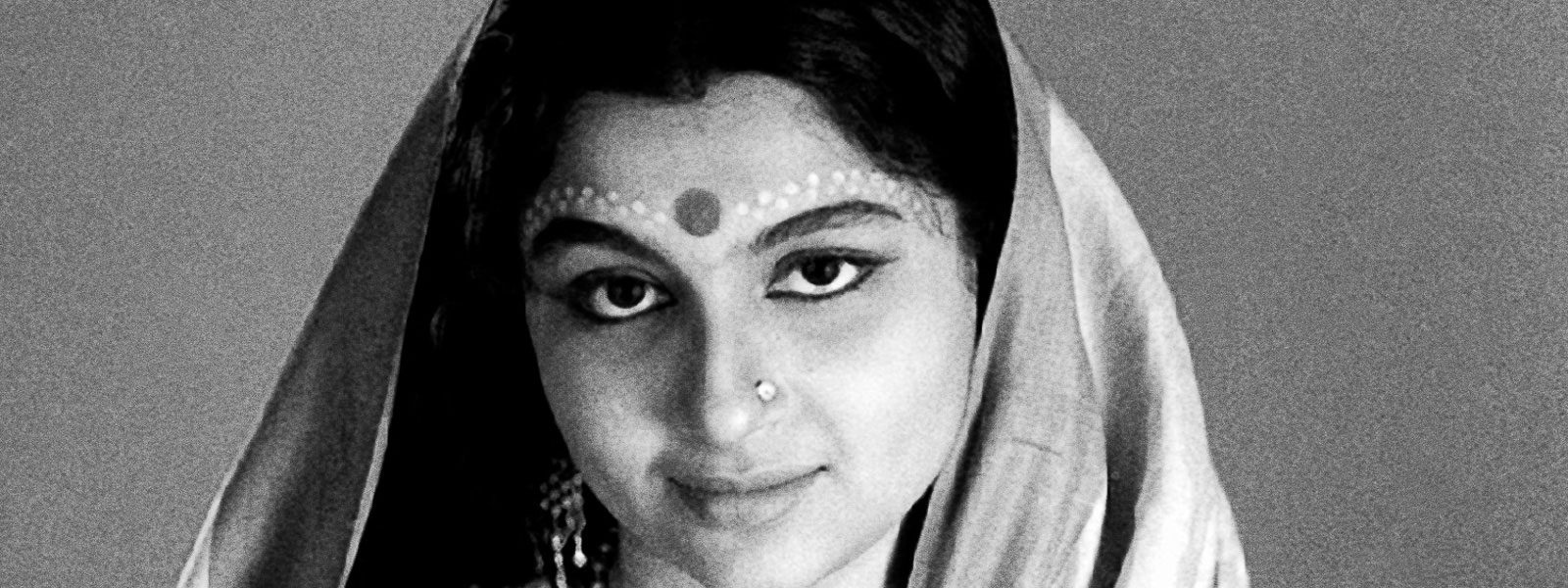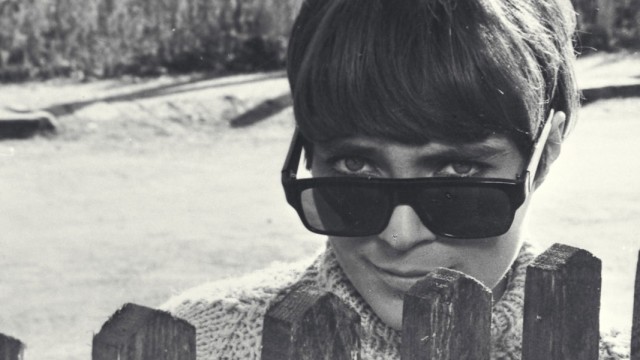Search The Archive
Satyajit Ray’s 1960 masterwork on the dangerous superstitions rumbling through 19th-century Hindu society challenged the Indian censors, patriarchal power and conservative religious doctrine.
Seventeen-year-old Doyamoyee (an intensely expressive Sharmila Tagore) lives with her husband’s family in rural Bengal. After her father-in-law – a respected landowner – dreams that she is the reincarnation of the Hindu goddess of destruction, Kali, the community begins seeking her guidance and healing. Doyamoyee is powerless to speak for herself and resist their growing fervour; placed on an actual pedestal, and with her progressive husband away studying in Calcutta, she begins to believe she is who her father-in-law says she is.
Made immediately after his renowned Apu Trilogy, The Goddess embodies Ray’s belief that artistic truth is found in looking closely at his subjects. Here, he tackles the position of women in a modernising India and the dangers of religious obsession via a domestic melodrama that depicts reality with near-scientific precision. Set in the 1860s but speaking to the 1960s, Ray’s elegant, often ironic imagery and chiaroscuro compositions – sublimely shot by Subrata Mitra (Pather Panchali, MIFF 1957) – magnify the conflict between father and son as a conflict between two very different ways of existing in the world. Doya’s psychological break, when it comes, is a shattering conclusion to an unforgettable, landmark film.
“One of Satyajit Ray’s greatest early films … Full of sensuality and ironic undertones.” – The Chicago Reader (1995)


